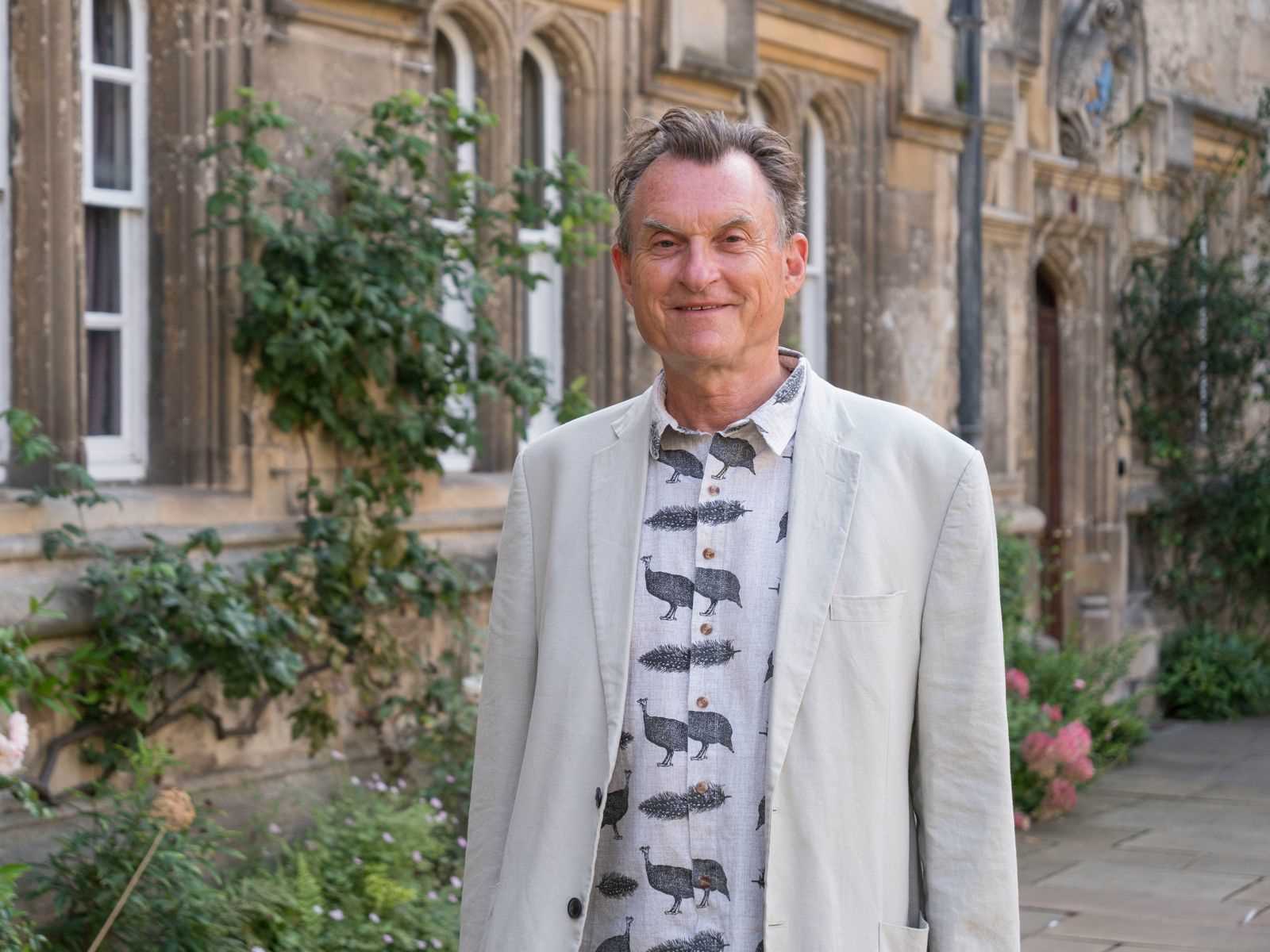
Rutendo Mazhindu—ZimNow Reporter
The Oxford Rhodes legacy project has sparked multiple cultural spin-offs in Harare Province, with artists and historians using sculpture and film to reframe colonial memory into dialogue and resilience.
In the sprawling township of Chitungwiza, outside the capital, a “film marathon” will take place this Saturday, headlined by the Never Again documentary. The film features artist Never Makore, who participated in the sculpture competition funded by Oriel College.
The film was first given a private screening to more than 50 Zimbabwean historians who gathered at Oxford University in June. Audience responses included “Brilliant!”, “Moving and inspiring,” and “Poignant and humorous in parts.”
This follows the Unbroken Spirits: Indigenous Zimbabwe and the Legacy of Resistance exhibition, held at Nhaka Gallery in Harare in June. The exhibition showcased 34 winning sculptures from the competition run by the Oxford Zimbabwe Arts Partnership, with funding from Oriel College.
Nhaka Gallery Manager Hellen Matsvisi said the display honored Zimbabwe’s heritage.
“Our exhibition paid tribute to the courage and resilience rooted in the First Chimurenga and carried forward by generations determined to preserve heritage and freedom,” she said.
OZAP founder Richard Pantlin said the project was born out of the Oxford Rhodes Must Fall campaign.
“I supported the Oxford Rhodes Must Fall aims, but instead of simply removing the Cecil Rhodes statue, it seemed more constructive to engage with artists in Zimbabwe creatively on the issue,” he said.
Pantlin explained that the first OZAP proposal, submitted to Oriel College in 2020, was ambitious.
“It was called Oxford, Rhodes and Zimbabwe: Past, Present,Rhodes, and Future. The past was to be represented by placing the Rhodes statue in a glass case inscribed with poems in Shona, Ndebele, and English. The future component was to be designed online by young people in East Oxford and Chitungwiza,” he said.
His connection with the Chitungwiza Arts Centre dates back more than a decade.
“I first came to Chitungwiza in 2009 on a pilgrimage to the rocks of Chaminuka. I have been visiting regularly since then, including the Arts Centre. I got to know internationally renowned sculptor Norbert Shamuyarira and bought a small piece of his many years ago.
"OZAP’s initial proposal was to commission him to design a life-size sculpture representing the present of Zimbabwean independence,” he said.
Later consultations shifted the project’s direction.
“After discussions with the University Church in Oxford in 2024, the option of an exhibition with a small sculpture became realistic. Norbert and I felt it was appropriate to select it from a competition to encourage younger artists.
Related Stories
"He introduced me to CAC Chairman Tendai Gwaravaza, and we took it from there. The Arts Centre did a great job organizing over 100 submissions,” Pantlin said.
He praised CAC’s role in the project.
“In the exhibition, we will have one pop-up banner dedicated to the Chitungwiza Arts Centre. It is an extraordinary place to visit. Most of the sculptors work in the open air, sometimes with thatched shelters to protect them from sun and rain.
"About 50 have stands of their work displayed outdoors on the grass or on wooden planks; as many as 5,000 objects can be on display. It should be on the international tourist map of Zimbabwe,” he said.
Pantlin acknowledged that the Rhodes legacy still evokes strong feelings.
“There are still many older English people alive who take pride in the British Empire and the achievements of Cecil Rhodes. The true nature of the Empire has not tended to be taught in British schools. We therefore must give credit to Oriel College for accepting responsibility for addressing the more painful aspects of British colonialism.
"We hope the exhibition will tour other cities and that the Never Again film will encourage honest debate in the UK and foster understanding of its lasting impact on indigenous Zimbabweans,” he said.
Pantlin also emphasized reconciliation.
“Of course, that is a major part of Rhodes’ legacy. It has to be acknowledged. The British monarch has taken some tentative steps to recognize the violence committed in the name of Empire in other parts of the world.
"At the same time, it is not helpful for peoples who were colonized to continue to see themselves only as ‘victims.’ Sadly, history shows that victims can turn into perpetrators,” he said.
“The challenge is that bringing up old pain can also stir ancestral anger. Art can help channel that anger into constructive expression, just as OZAP has transformed the anger of Black Lives Matter in 2020 into this project,” he added.
He admitted the difficulties of running cross-border cultural programs.
“Yes, there have been many practical challenges which Zimbabweans will all understand—such as partners not having access to data and electricity for communication. OZAP and CAC have been working almost entirely on a voluntary basis while balancing other commitments. I have been fortunate to have good advisers on local culture and language,” he said.
Pantlin said art was proving more powerful than politics in shaping narratives.
“Unfortunately, in politics, voices fueled by anger and division tend to get the most attention. Even in academia, some participants see debate as a chance to boost their personal egos. Academia insists on detailed documentary evidence—for example, in assessing whether Rhodes’ violence amounted to genocide as defined by the UN. That has its place. But good art speaks directly to the heart and can reach a much wider audience with a deeper impact,” he said.
Young Zimbabwean film director Ngoni Musawenkosi Hamandishe, 27, said he was inspired by the partnership.
“My film illustrates one sculptor’s struggle to survive as a single parent here. It also reflects on the impact of the war fought by Rhodes’ forces against our ancestors in the 1890s, using archival material,” he said.


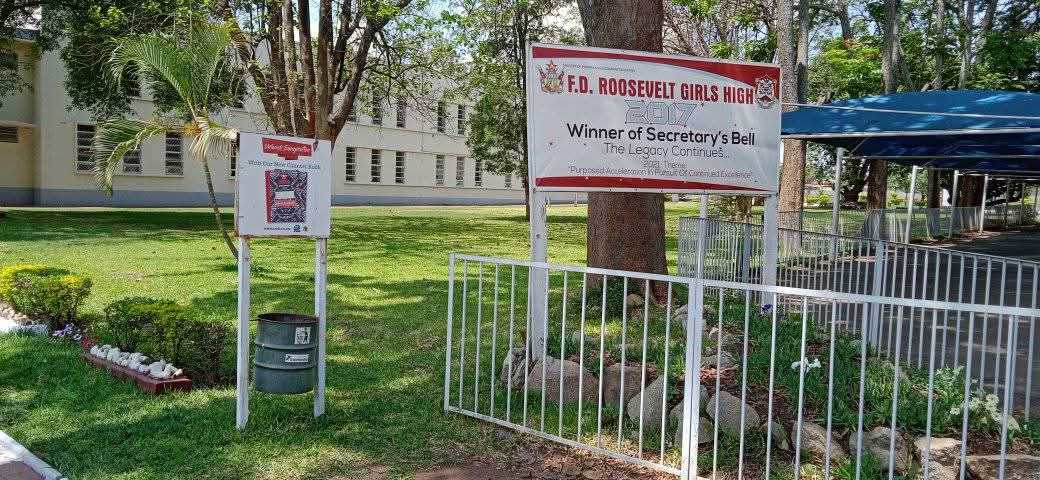


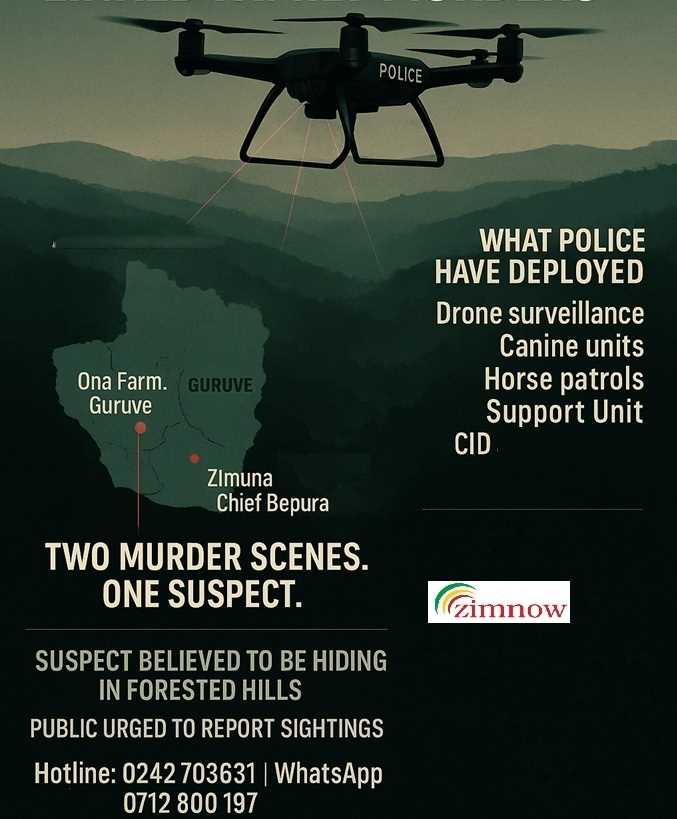






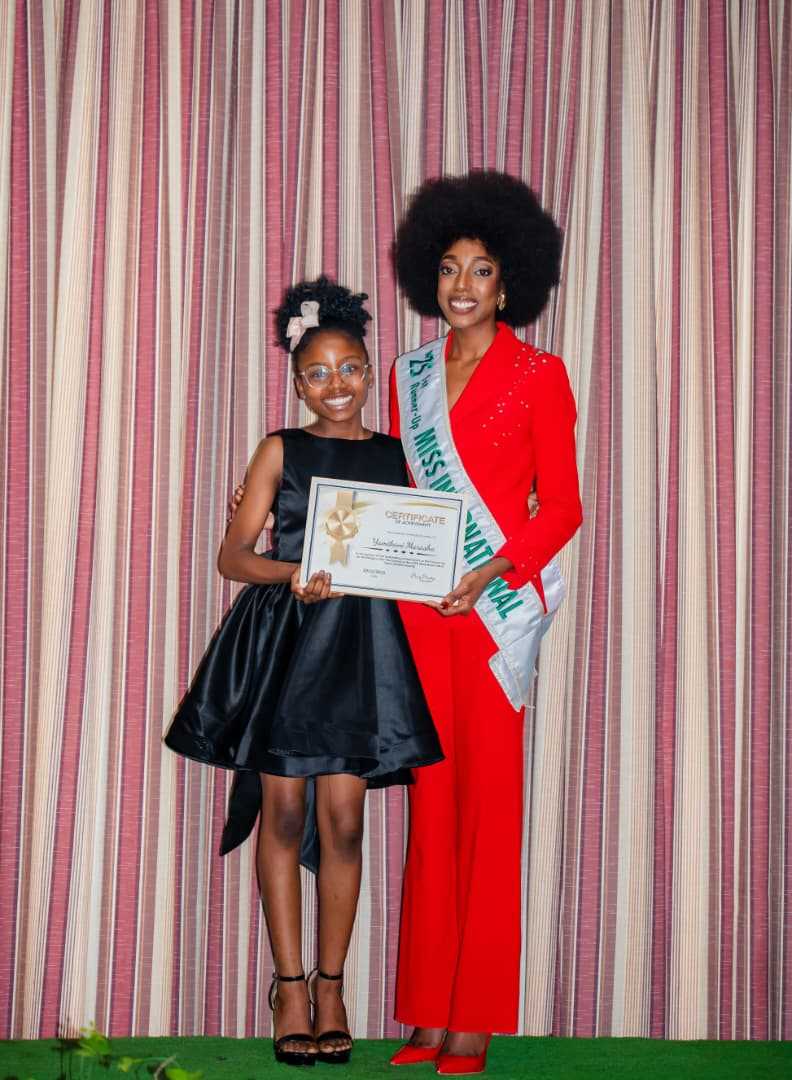




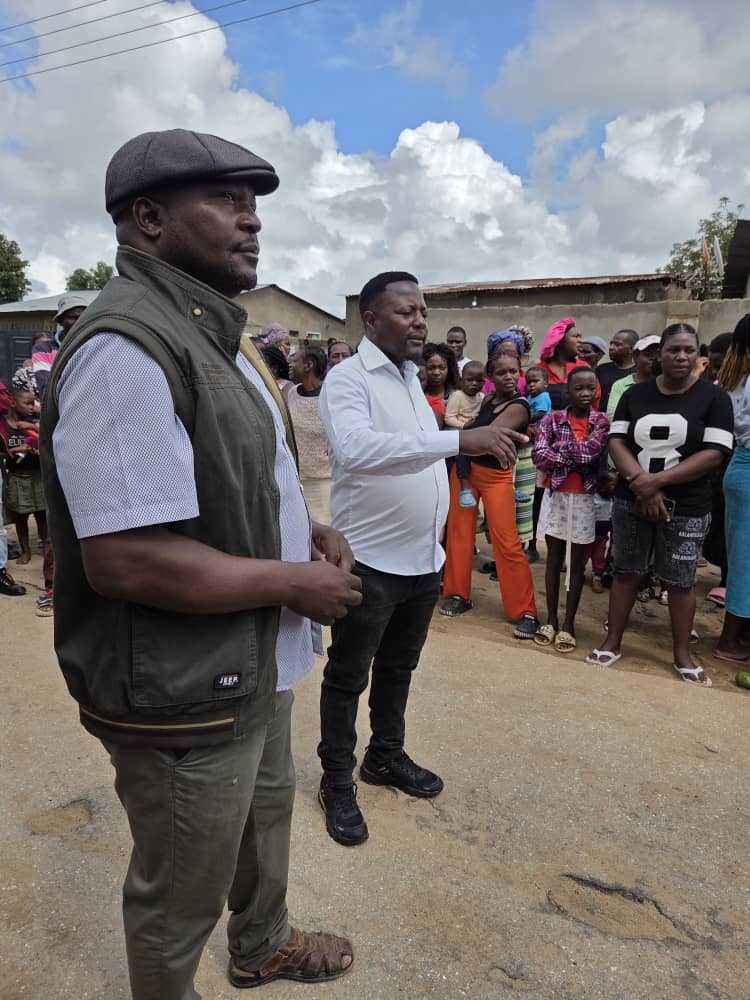


Leave Comments